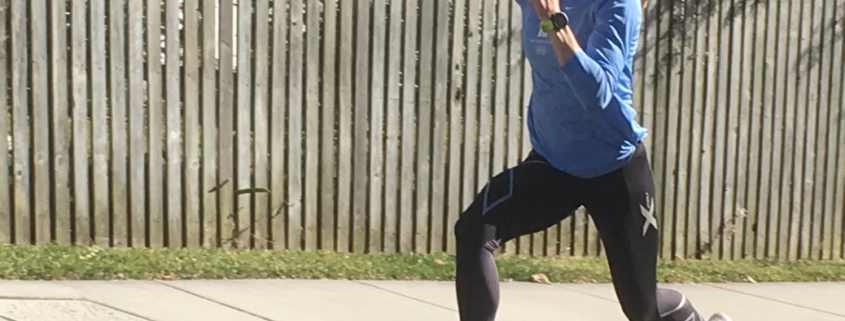Increasing running with Caitlin Sargent
More time for running
With gyms closed and exercise options somewhat reduced compared to normal, a lot of people are turning to running for their endorphin dose. Running is a great form of exercise, with the added bonus of getting some vitamin D and some seeing some fresh scenery. However, there is such a thing as too much of a good thing. A sudden rise in running volume can lead to injuries, so I’ve put together my suggestions for how to safely increase your running.
Gradual approach
Progressive overload is a term used in exercise to describe how we can safely get the body to adapt to new stimulus. It is generally accepted that a 10-20% is safe, but also effective in increasing fitness. This is often a lot less than people imagine – if you were previously running 3km, then an appropriate increase would 300-600m in one run. It also applied across the whole week – so if you were previously running 5km twice a week and wanted to add another run in, a total volume increase of 2km would be appropriate. So you might consider a 5km and two 3km runs.
If you haven’t been running, I would start with a maximum of 2 runs per week. Depending on your existing level of fitness and strength as well as past exercise experience, you may find you adapt to this quite quickly and can increase your frequency quite quickly. If you have little or no past running experience, it is a good idea to start with a run/walk option. Eg Run for 1 minute, walk for 1-2 minutes x 5. As you progress you can increase the continuous running time and then decrease the rest time (until you are running for 5-10 minutes straight!)
Don’t forget about Strength!
It is easy to get focused on running, especially when gyms are closed and the lure of outdoor training is so high. However running is a high load activity on the body- it is essentially repetitions of single leg squat jumps one after another. Ensuring you have adequate strength and endurance in your leg muscles (in particular glutes and calves) is important for helping prevent injury, as well as improving performance. Strength training for running doesn’t need big heavy weights. When done correctly, body weight exercises like step-ups, lunges and squats (ideally single leg ones) are all great for training up strength and control in running muscles.
Rest days!
Most important of all – allow your body rest and recovery time! 1-2 days of either total rest or gentle walk/yoga is very important for keeping your mind and body happy and healthy
If you’d like to know more or ask Caitlin questions feel free to contact the clinic on 1300842850 or email hello@barefootphysiotherapy.com.au








Leave a Reply
Want to join the discussion?Feel free to contribute!